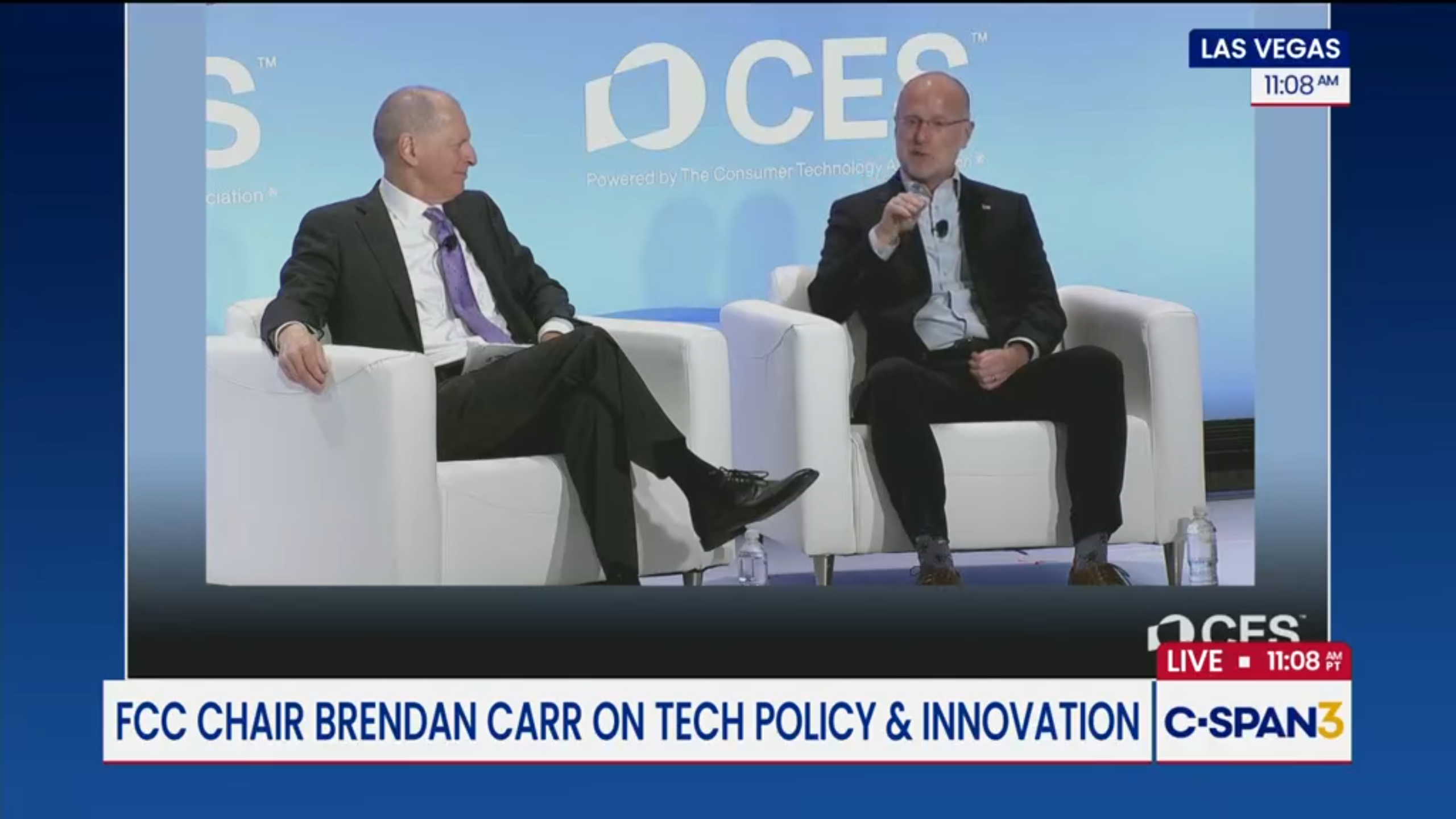Is HDTV Visible? The Eyes Have It
The following may seem obvious: not everyone can see HDTV.
The Consumer Electronics Association (CEA) said that, as of January of this year, only 20% of U.S. households had “DTV,” and only 85% of “DTVs” sold were HDTV. So that was 83% of U.S. households without HDTV.
A number of research organizations have noted that only about half of consumer HDTV displays have any mechanism for getting HDTV programming, whether off air or via cable or satellite. Then there’s the question of whether what they watch is in HD or not; much of the programming on even the channel called PBS HD is standard definition.
Assume for the moment a perfect chain of HD from camera, through editing and distribution, to a consumer HDTV display. Assume everything is working correctly. Assume even perfect 20/20 vision for the viewer.
The answer to the following question may seem obvious. Can the viewer see the HDTV delivered to the HDTV display? Whatever the obvious answer, the only correct one is maybe.
Some people say human vision is capable of seeing detail only as fine as one arc minute (a sixtieth of a degree). Those people are wrong.
This being August, consider the astrological sign Leo. The brightest star in its constellation, Regulus, is one of roughly the top 20 brightest stars in the sky. It’s 3.5 times wider than our sun, or about 4.9 million kilometers. It’s also about 77.5 light years away, or about 733 trillion kilometers. Apply a little trigonometry, and you’ll find that you can easily see a star that subtends an angle of less than four ten-millionths of a degree, and it’s not the smallest visible object.
Of course, there’s a great deal of contrast between Regulus and its surrounding space. The star is some 240 times more luminous than our sun, and space may be considered pure black. When contrast is reduced, our ability to see fine detail falls off sharply.
According to some researchers, human visual contrast sensitivity peaks at about two cycles per degree (cpd); some say as many as six cpd. For a 42-inch plasma TV viewed at a distance of nine feet, two cpd works out to about 77 alternating lighter and darker vertical lines across the width of the screen.
At about 770 lines across the screen width, the contrast between the lines would need to be about ten times greater, and that’s for viewers in their 20s. For viewers in their 70s, the contrast would have to be about 25 times greater (and they’d need about 40% more contrast than those in their 20s even to see the 77 alternating lines).
How much contrast ratio can an HDTV display deliver? Panasonic says its latest plasma TVs offer “up to 10,000:1,” but they note that that can vary with “viewing environment and lighting conditions.” TV screens, whether plasma, LCD, projection or picture tube, reflect room light back to the viewer in addition to desired pictures.
If a TV is the only source of light in a room that has walls, floor, and ceiling all covered with light-absorbing black velour, the listed contrast ratio might be achieved. If the walls, floor or ceiling reflect any light or there’s a light on somewhere (or a window not covered with blackout drapes), it won’t be achieved. That’s why Panasonic appropriately uses “up to” in its contrast-ratio specification.
Under typical home-TV viewing conditions, no TV screen delivers contrast ratios anywhere near 10,000:1. 5:1 is probably not unusual.
At limited contrast ratios, the resolving power of human vision falls dramatically. Instead of being able to see Regulus with the naked eye (the equivalent of over a million cpd), a TV viewer might be lucky to see 20 cpd.
A 42-inch plasma TV at a nine-foot viewing distance subtends a horizontal angle of a little over 19 degrees. Twenty cpd and two TV lines of resolution per cycle would represent roughly those 770 perceptible lines across the width of the screen, much closer to standard definition’s 720 than to HDTV’s 1920.
Given that lenses and optical and electronic filtering reduce contrast of fine detail still further, there’s little doubt that someone viewing a 42-inch screen at nine feet can’t see HDTV resolution. Technology won’t help.
Want HDTV? Sit closer or get a bigger screen.
Mark Schubin is an engineering consultant with a diverse range of clients, from the Metropolitan Opera to Sesame Workshop.
The professional video industry's #1 source for news, trends and product and tech information. Sign up below.
